“At Tyson Foods, we believe progress requires accountability and transparency and we are proud to exemplify that as we work to achieve net-zero greenhouse gas emissions by 2050,” said John R. Tyson, Chief Sustainability Officer, Tyson Foods.
Tyson Foods, a leading global protein company, announced on June 9th its ambition to achieve net-zero greenhouse gas (GHG) emissions across its global operations and supply chain by 2050, including scopes 1, 2, and 3. As the first U.S.-based protein company to have an emissions reduction target approved by the Science Based Targets initiative (SBTi), this ambition, in conjunction with the release of the company’s fiscal year 2020 (FY20), underscores the company’s commitment to help combat the urgency of the growing climate change crisis.
“At Tyson Foods, we believe progress requires accountability and transparency and we are proud to exemplify that as we work to achieve net-zero greenhouse gas emissions by 2050,” said John R. Tyson, Chief Sustainability Officer, Tyson Foods.
“As the first U.S.-based protein company in the food and beverage sector to have an emissions reduction target approved by the Science Based Targets initiative, we hope to continue to push the industry as a leader and remain committed to making a positive impact on our planet, with our team members, consumers and customers, and in the communities we serve.”
The move to net zero is an expansion of the company’s current science-based target of achieving a 30% GHG emissions reduction by 2030, which is aligned with limiting global temperature rise to 2.0℃. As a global organization with 239 facilities and 139,000 employees worldwide, achieving net zero emissions is a large undertaking which will look at emissions tied to direct global operations, energy sources and throughout the company’s supply chain. Requiring a collective effort from every team member in addition to external stakeholders, key areas the company will be prioritizing to meet this goal include:
Subscribe now to the poultry technical magazine
AUTHORS
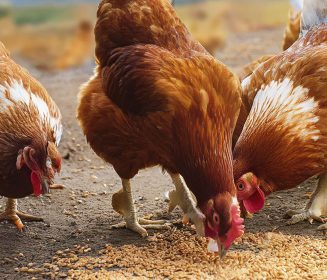
Layer Longevity Starts at Rearing
H&N Technical Team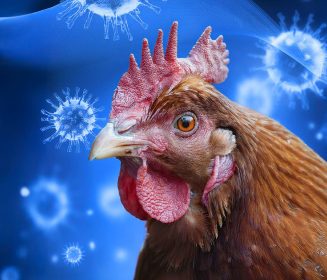
The Strategy for a Proper Infectious Bronchitis Control
Ceva Technical Team
Elevate Hatchery Performance with Petersime’s New Data-Driven Incubation Support Service
Petersime Technical Team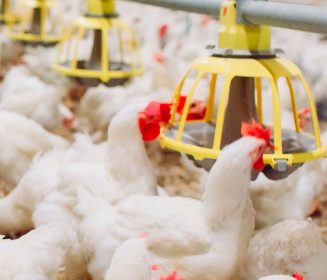
Maize and Soybean Meal Demand and Supply Situation in Indian Poultry Industry
Ricky Thaper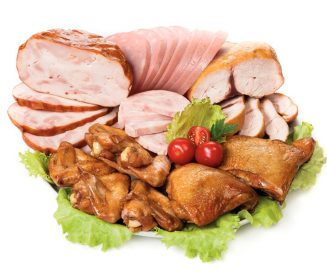
Production of Formed Injected Smoked Chicken Ham
Leonardo Ortiz Escoto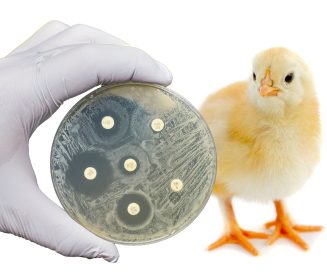
Antimicrobial Resistance in the Poultry Food Chain and Novel Strategies of Bacterial Control
Edgar O. Oviedo-Rondón
GREG TYLER INTERVIEW
Greg Tyler
Insights from the Inaugural US-RSPE Framework Report
Elena Myhre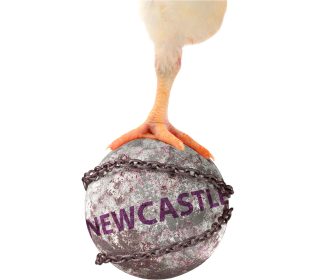
Newcastle Disease: Knowing the Virus Better to Make the Best Control Decisions. Part II
Eliana Icochea D’Arrigo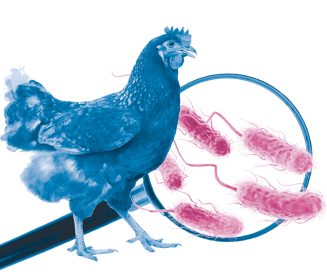
Avian Pathogenic E. coli (APEC): Serotypes and Virulence
Cecilia Rosario Cortés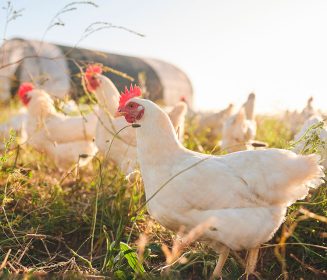
The Importance of Staff Training on Animal Welfare Issues in Poultry Industry
M. Verónica Jiménez Grez
Rodent Control is a Key Factor in Poultry Biosecurity and Sustainability
Edgar O. Oviedo-Rondón